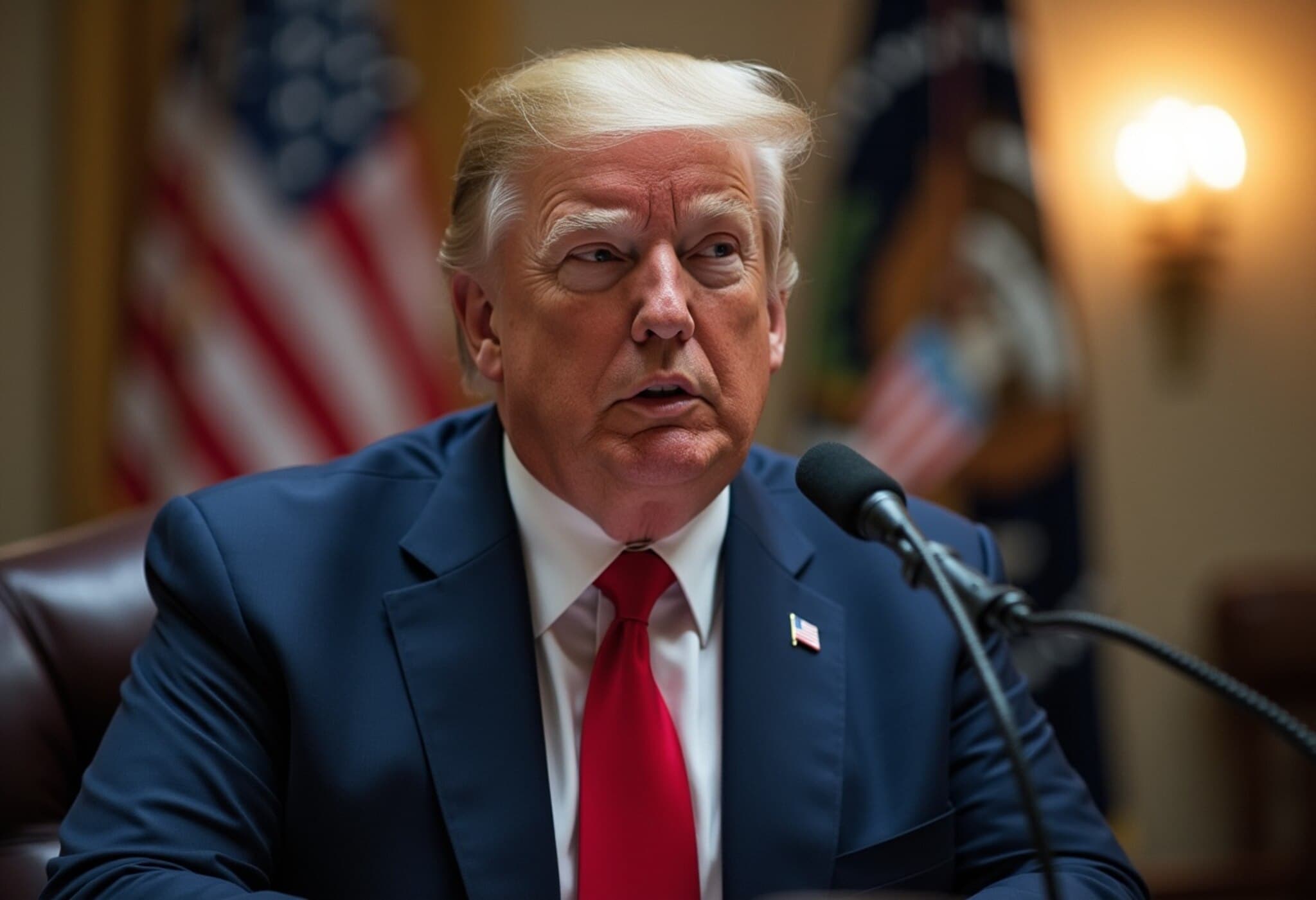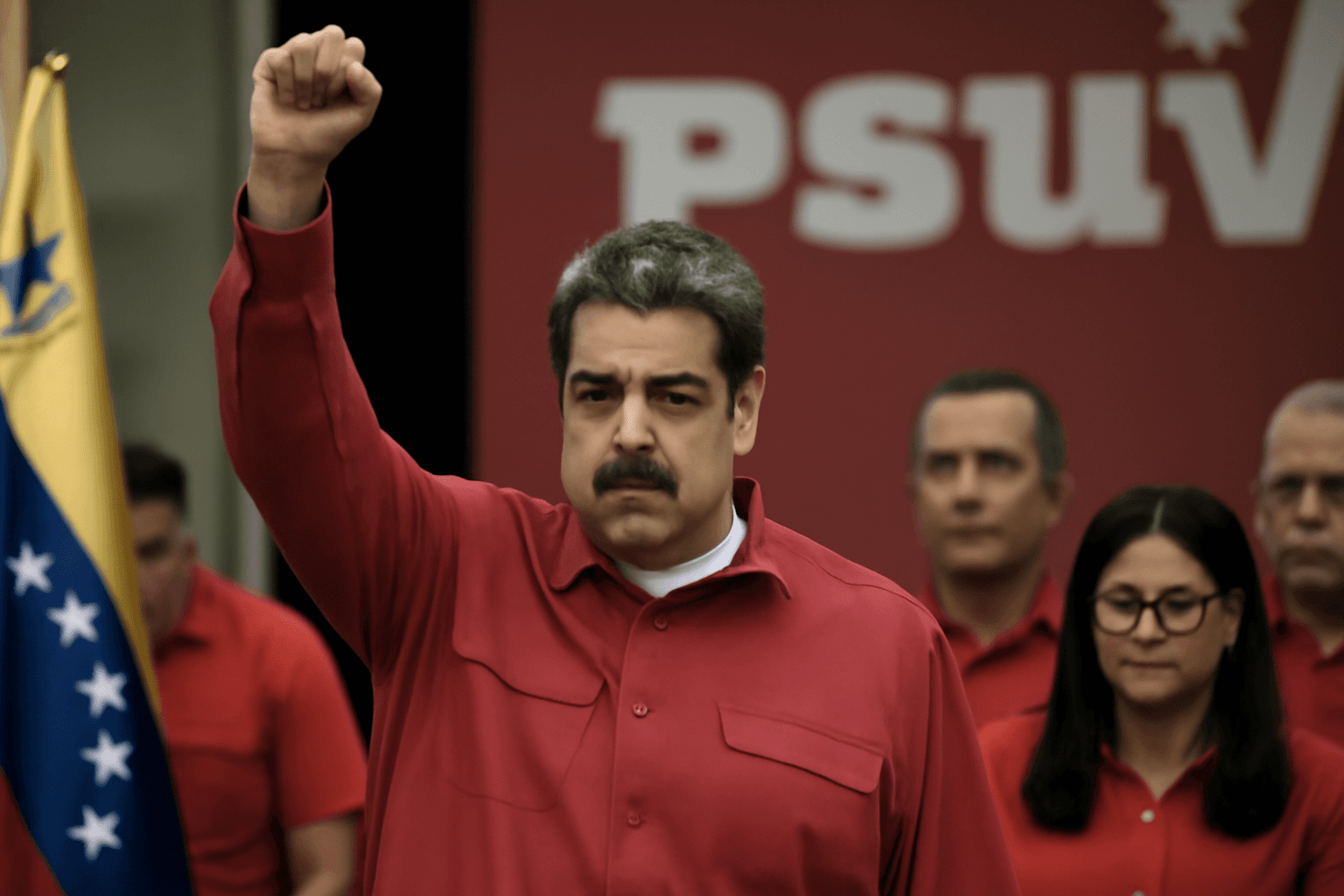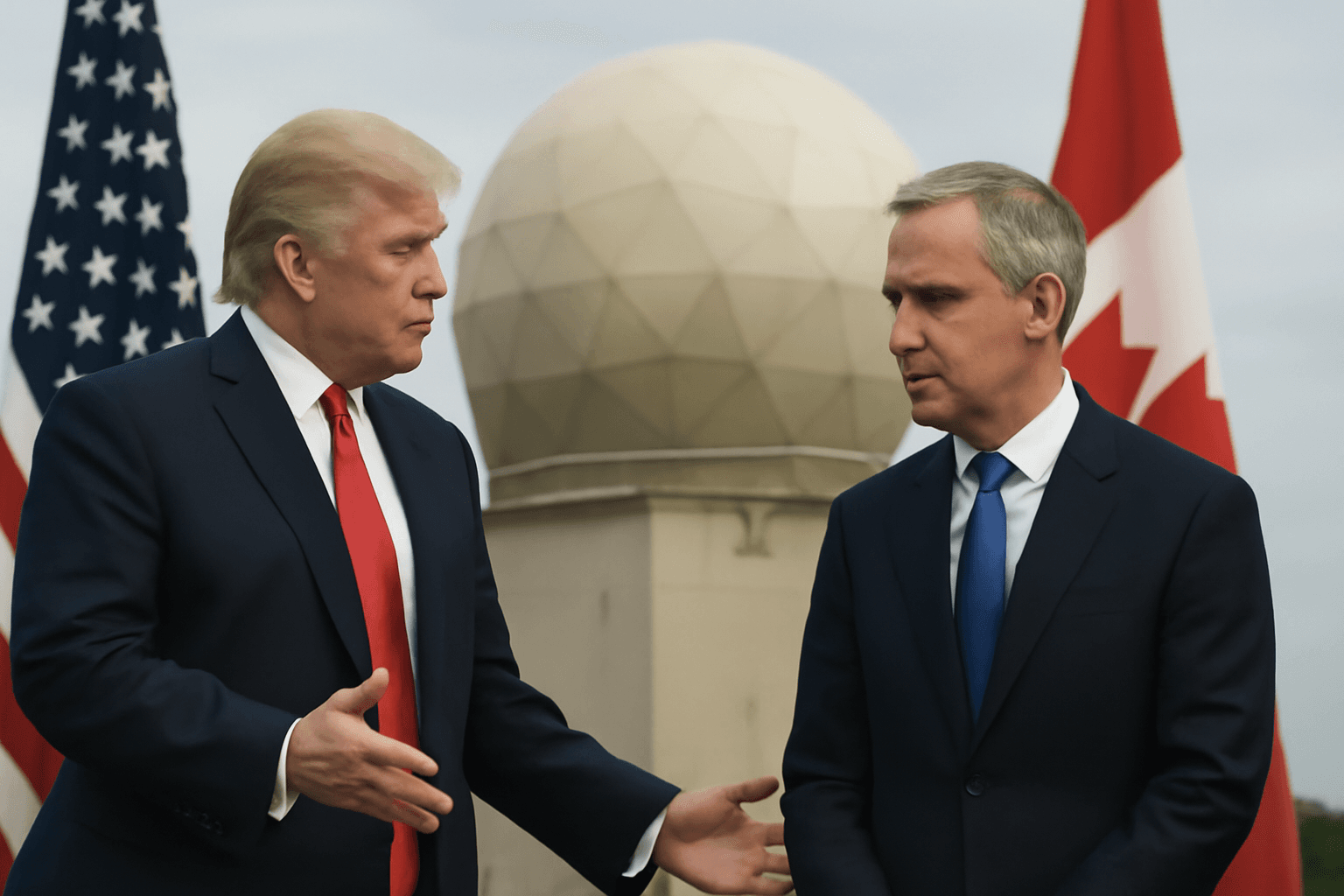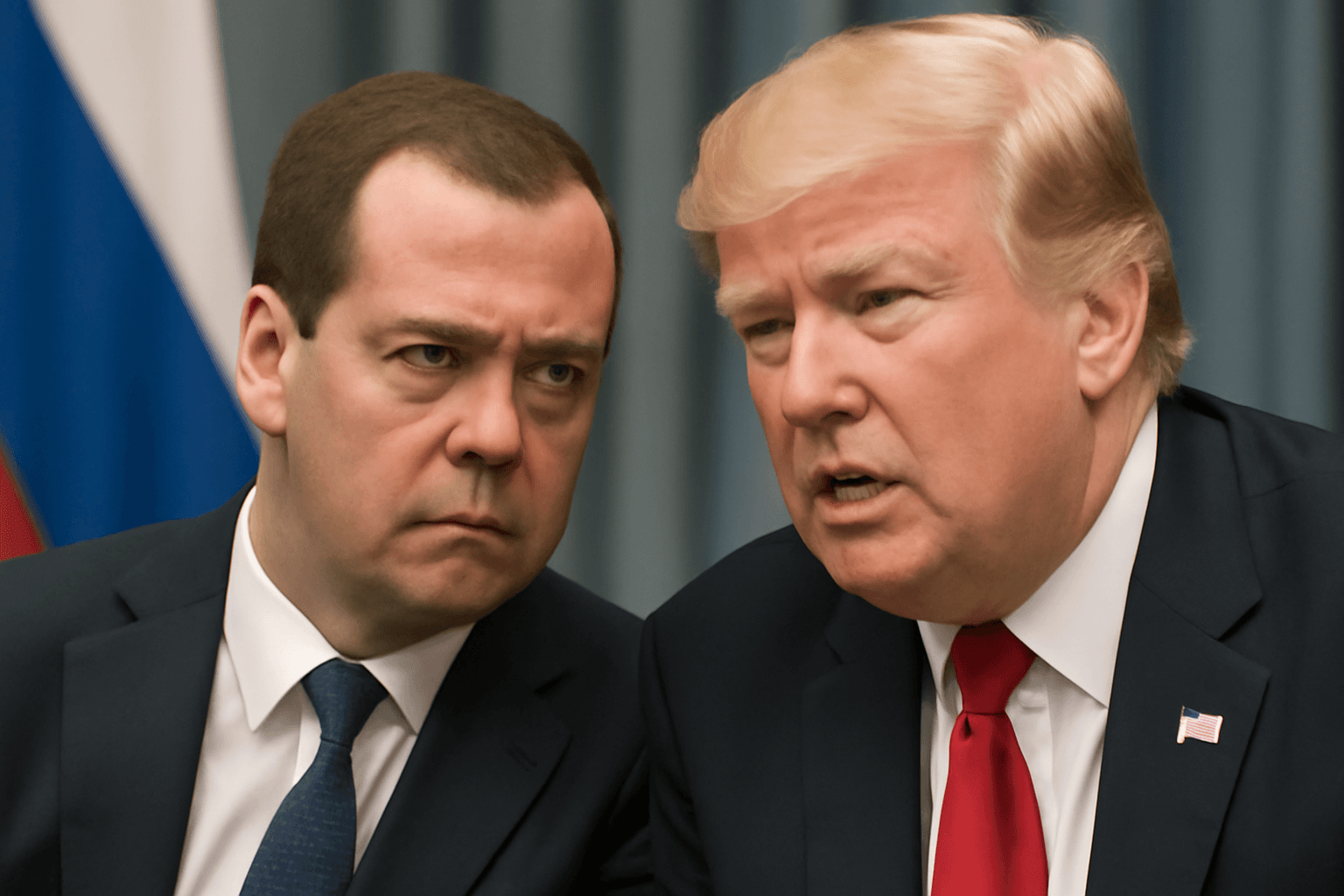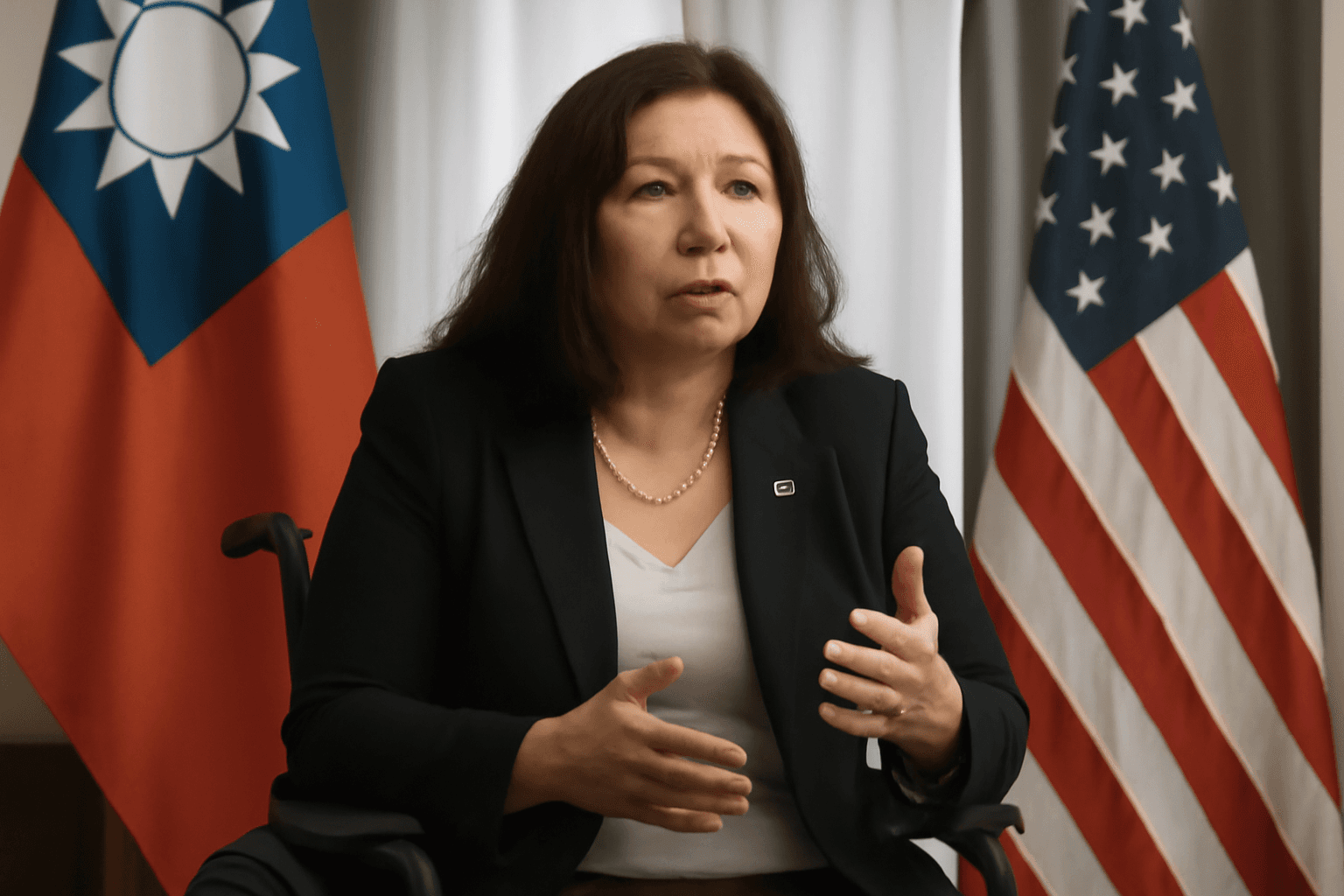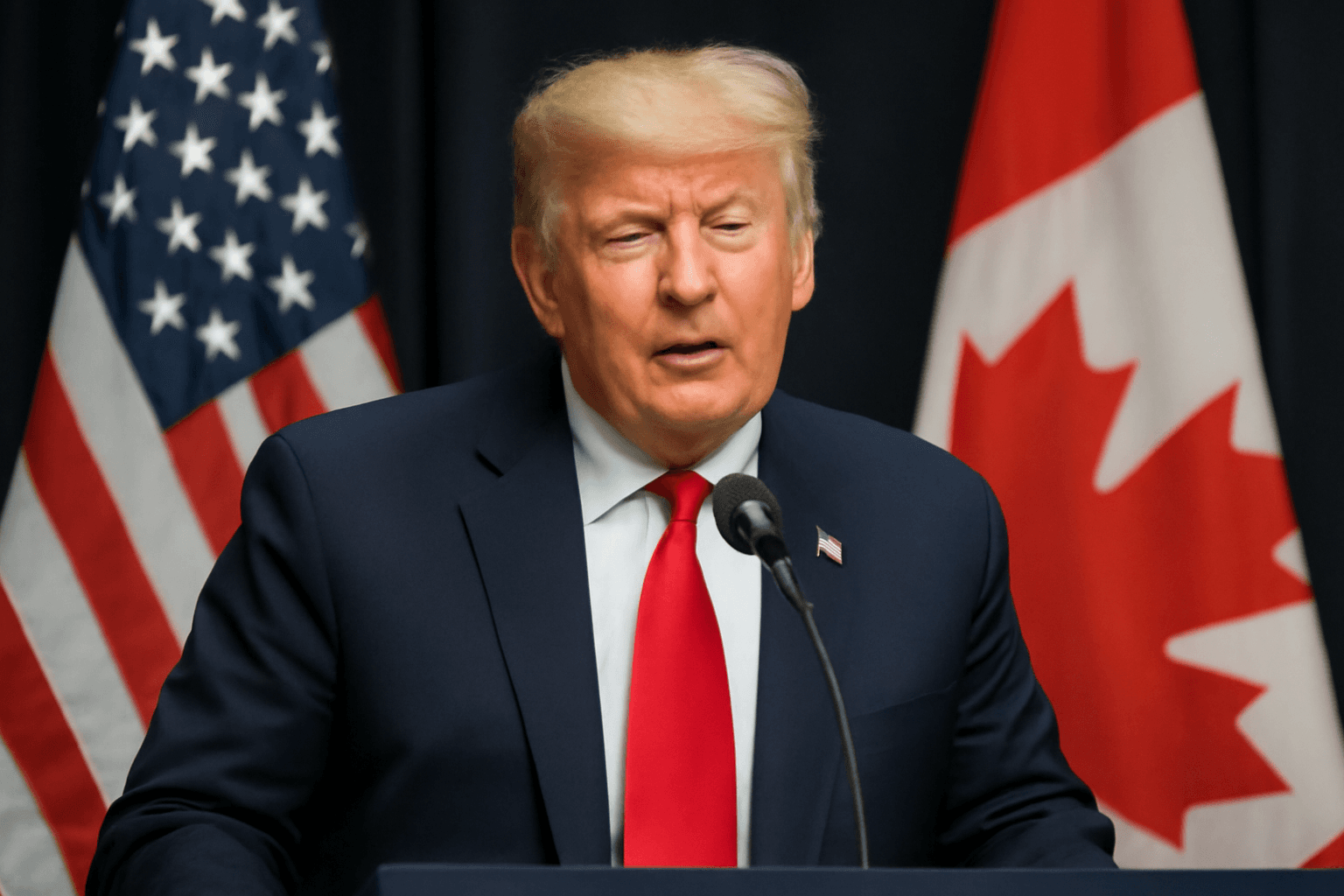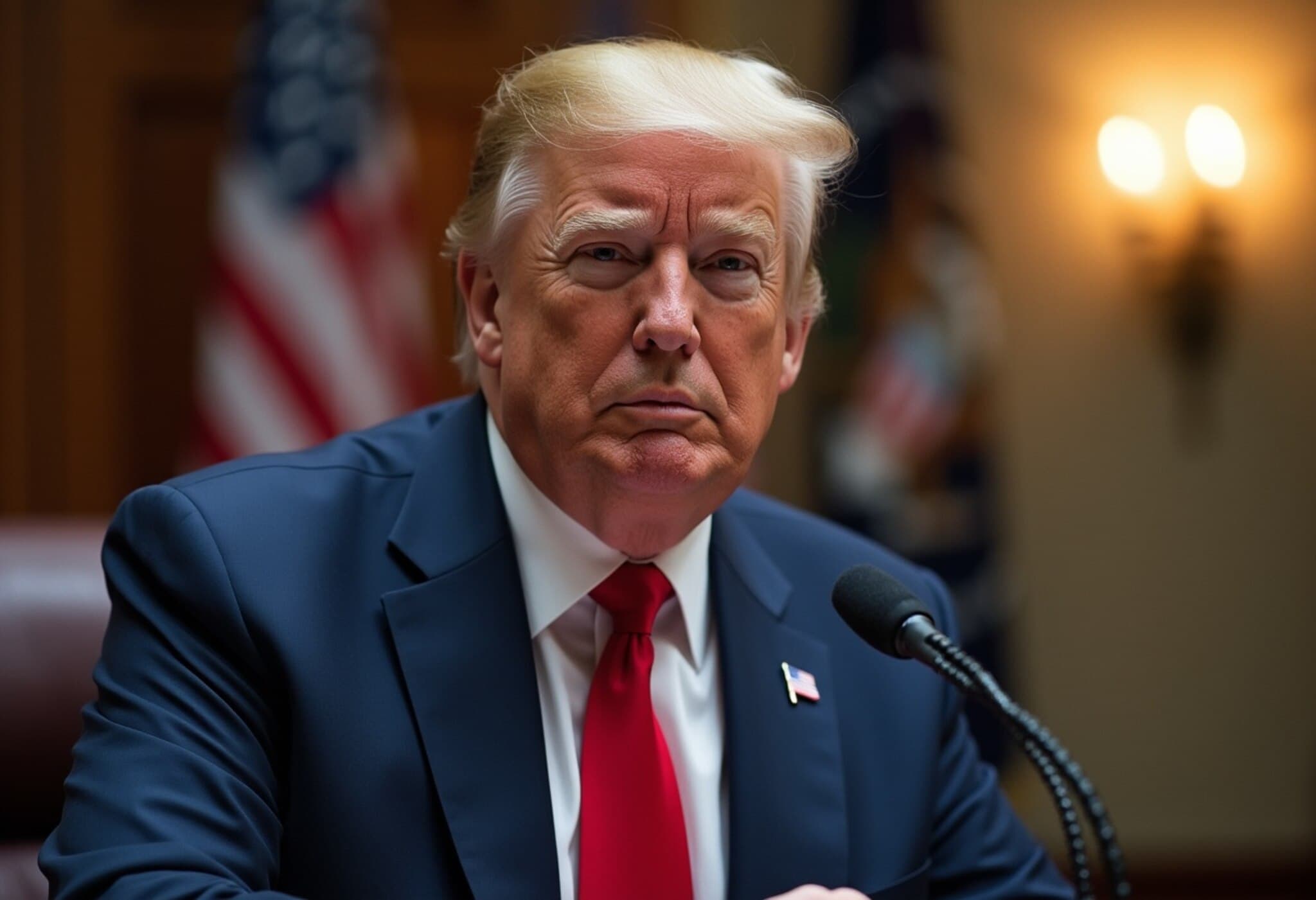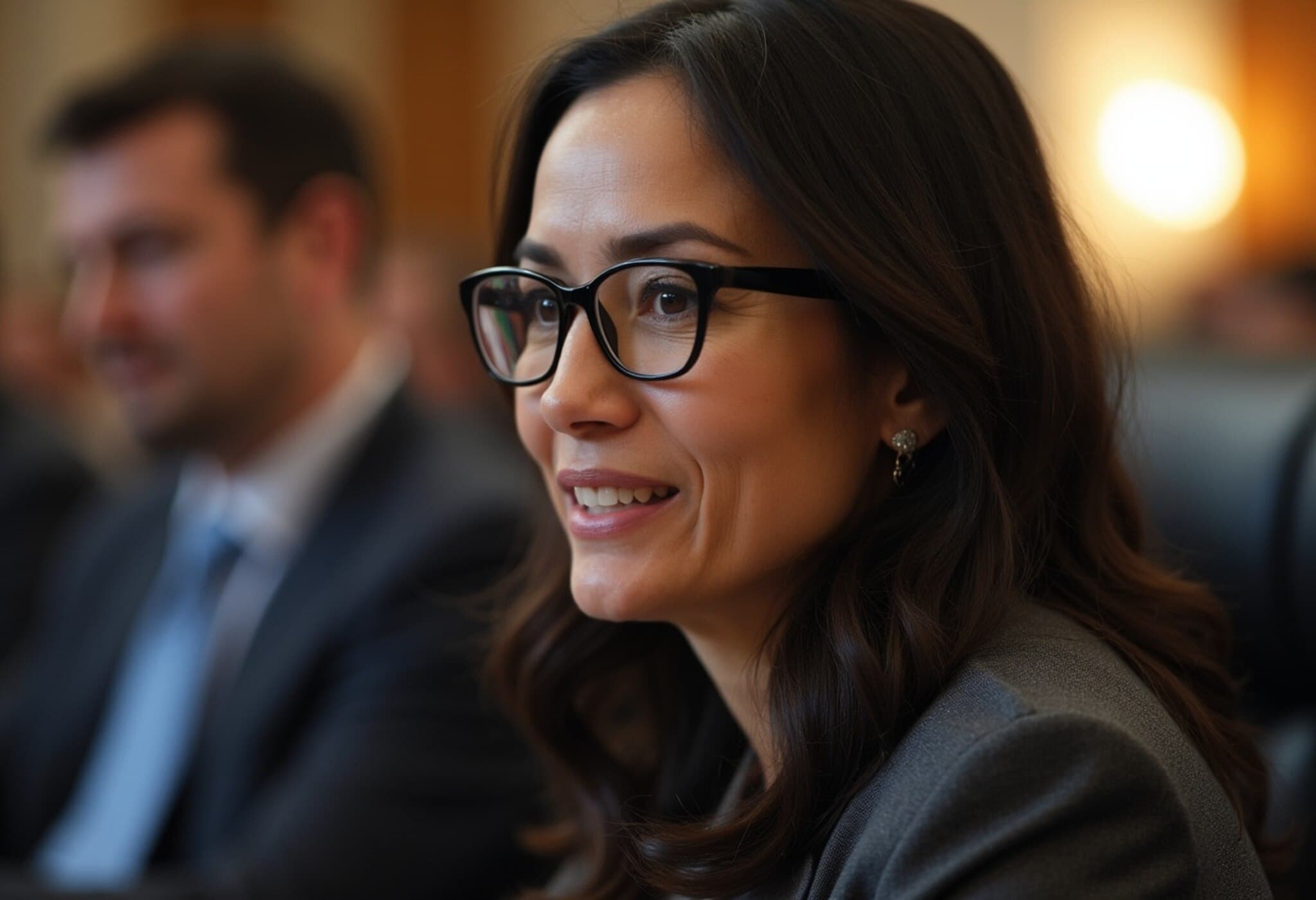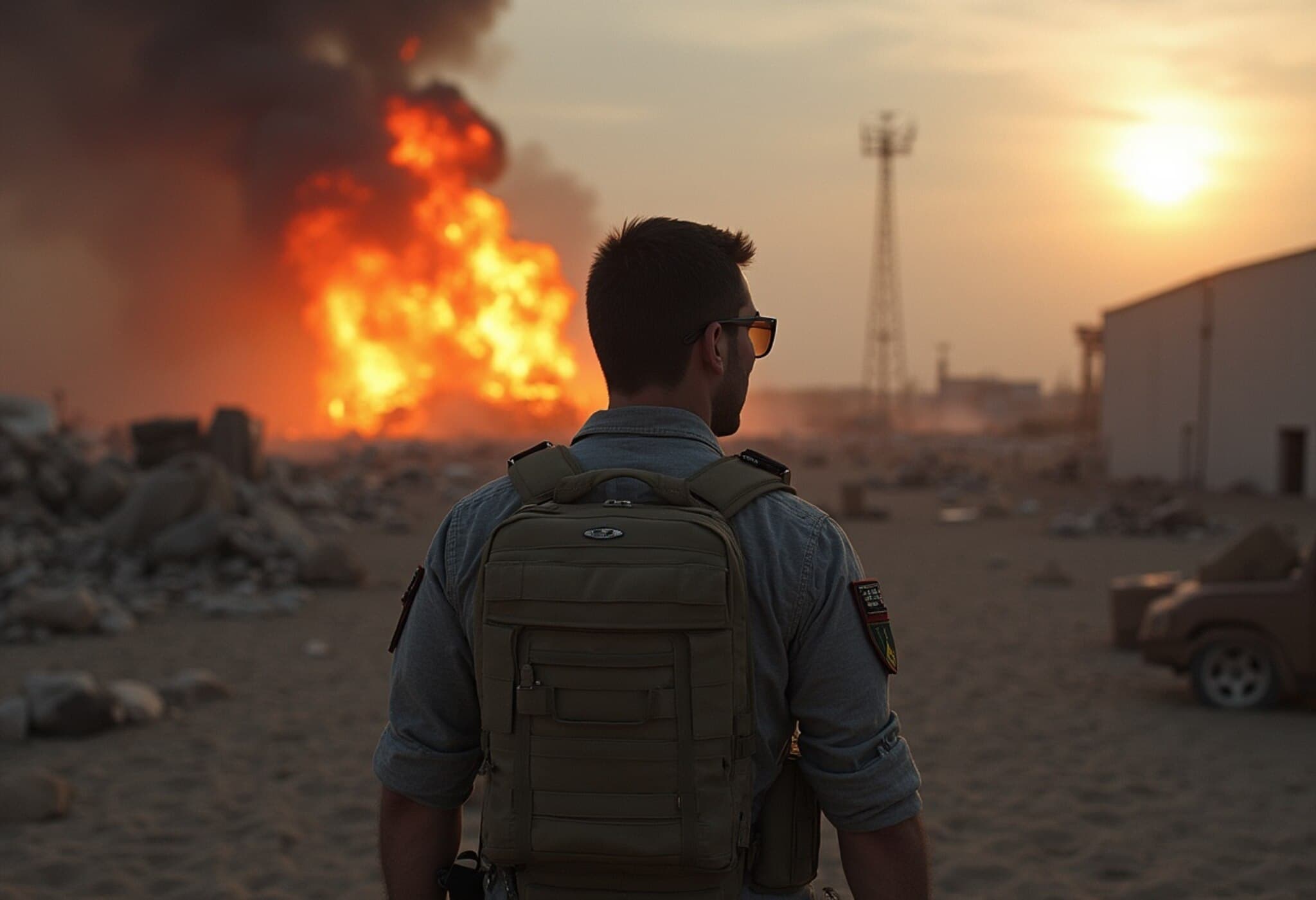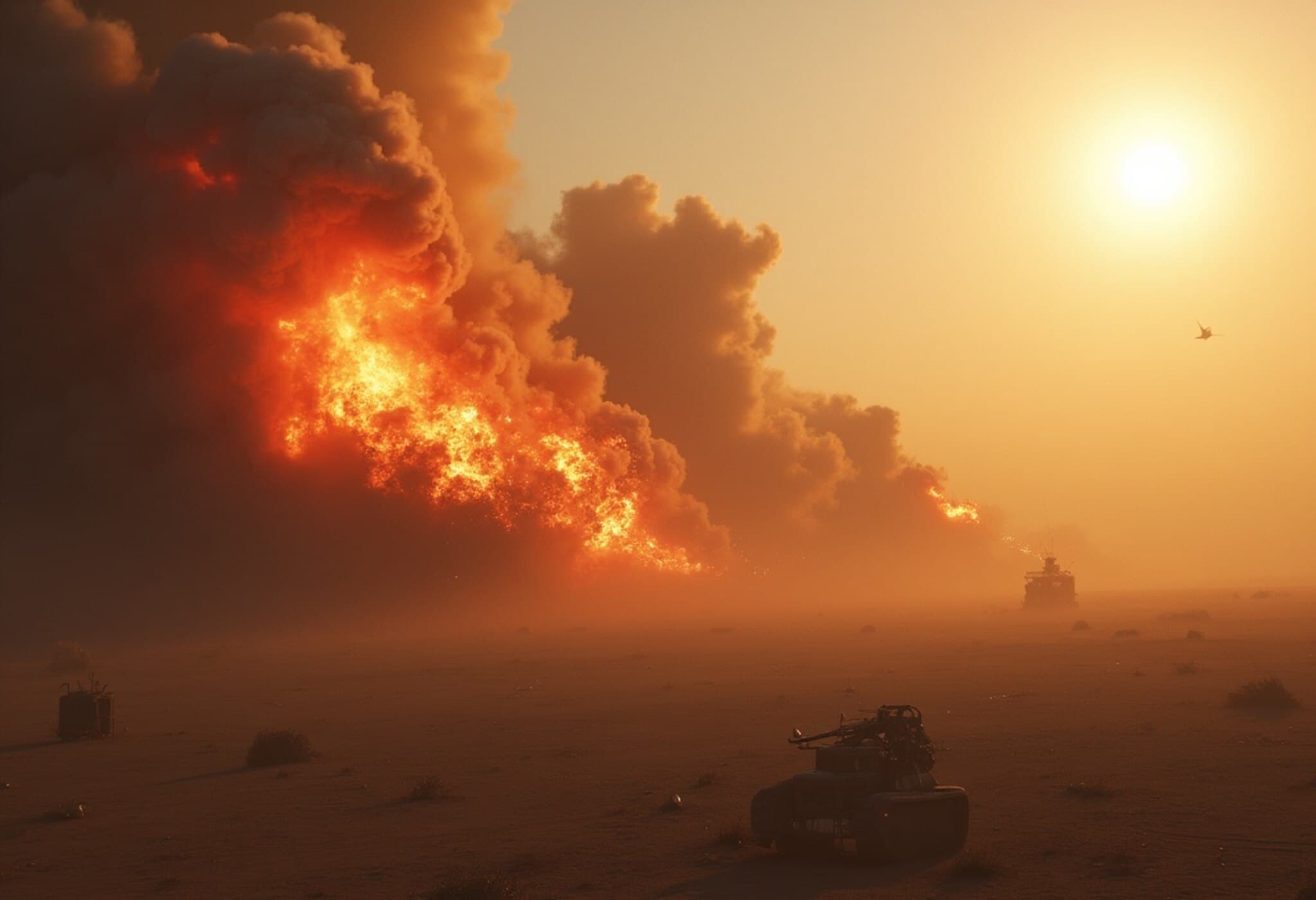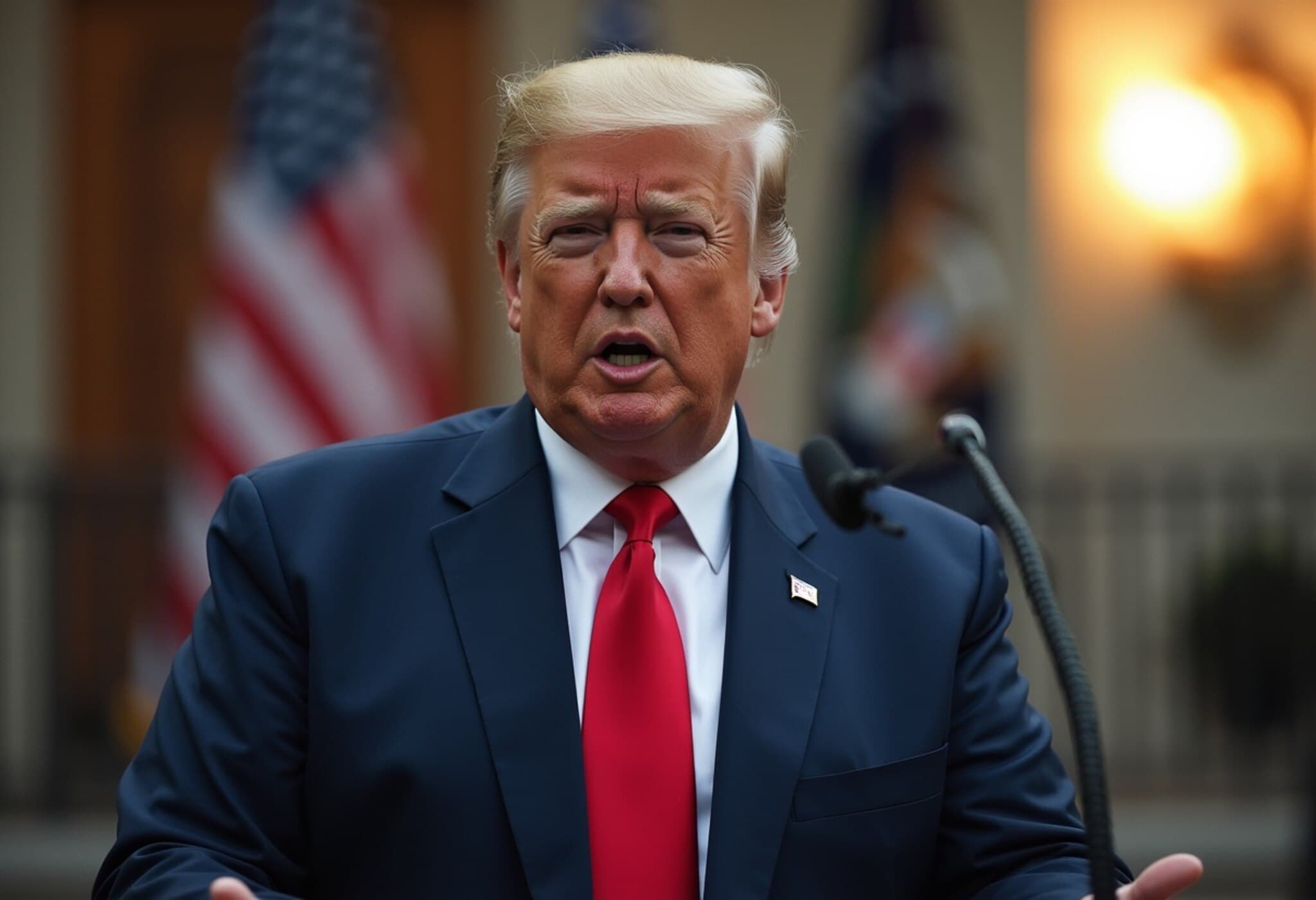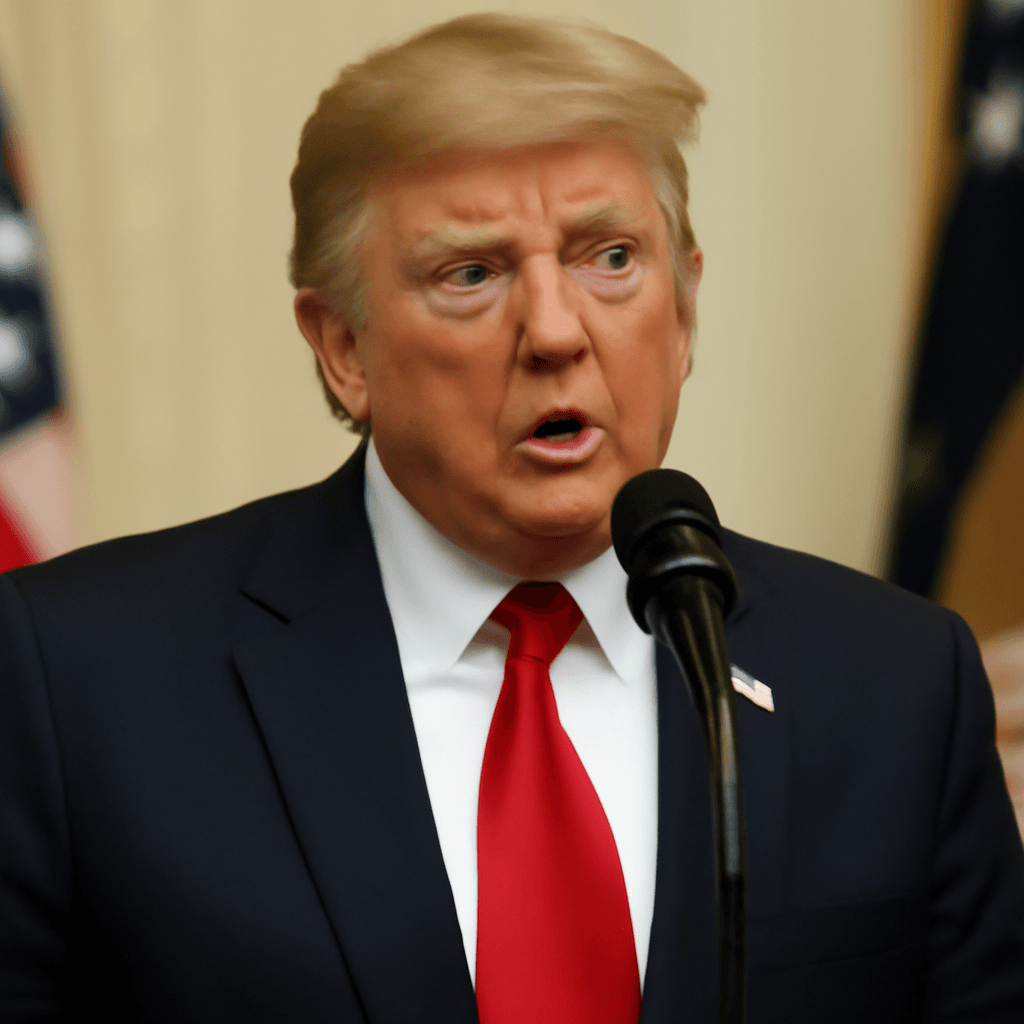Trump Dismisses Intelligence on Iran's Nuclear Ambitions
President Donald Trump has openly challenged his own intelligence community's assessment regarding Iran’s nuclear program. Despite statements from Director of National Intelligence Tulsi Gabbard, who testified that Iran was not actively pursuing a nuclear weapon, Trump insisted Iran is "very close" to developing one. Aligning himself more closely with Israeli Prime Minister Benjamin Netanyahu, Trump brushed aside official US intelligence findings, saying, "I don’t care what she said."
US Intel Chief’s Perspective and Trump's Contradiction
Tulsi Gabbard, a former lawmaker and military veteran confirmed as intelligence chief earlier this year, testified before Congress in March that Iran’s supreme leader had not authorized a nuclear weapons program since 2003. She acknowledged that Iran’s enriched uranium stockpile had reached unprecedented levels for a non-nuclear-armed country, prompting close US monitoring. While Gabbard maintained that Trump's remarks didn’t directly contradict her position and blamed media confusion, the president’s stance has stirred controversy.
Historical Context of Trump's Relations with US Intelligence
This move is not new territory for Trump. In 2018, he faced backlash after siding with Russian President Vladimir Putin over US intelligence on election interference. Now, in his second term, he again questions official intelligence—this time, amid a team of loyalists, unlike his first term, when he accused officials of orchestrating a "deep state" conspiracy.
Military Officials Voice Concerns on Iran’s Nuclear Capability
US military leaders have voiced growing unease. General Erik Kurilla recently informed lawmakers that Iran could amass enough nuclear material for as many as ten bombs within three weeks, although the timeline to produce actual weapons remains uncertain. Other senior administration officials suggest Iran’s uranium enrichment surpasses civilian energy needs, placing it "as close as it can be without having one." The International Atomic Energy Agency (IAEA) also reports that Iran holds enough enriched uranium to fashion multiple bombs, should it choose to do so.
Escalating Conflict Between Israel and Iran
Tensions have flared with Israel launching a significant military operation against Iranian nuclear facilities and key military targets last week. Israel has declared its intent to dismantle Iran’s nuclear capability entirely. Iran responded with missile strikes, further heightening regional instability. Meanwhile, US President Trump is contemplating a direct strike on Iran’s underground nuclear site at Fordow.
A Brief History of Iran’s Nuclear Program
- 1957: Iran’s nuclear ambitions began with US support focused on peaceful energy.
- 1979: After the Islamic Revolution, US-Iran relations soured; nuclear pursuits became a global concern despite Iran’s commitment to the Nuclear Non-Proliferation Treaty (NPT).
- Enrichment Controversy: Iran insists uranium enrichment is for energy but this same process can lead to weaponization.
- 2015 Nuclear Deal: Iran agreed to limit enrichment to 3.67%, reduce uranium stockpiles, and curb centrifuge use, in exchange for easing sanctions.
- 2018 US Withdrawal: Trump exited the deal, reinstating sanctions. Iran responded by increasing uranium enrichment and reducing international oversight.
- 2023 Status: IAEA found uranium enrichment levels reaching 83.7%, near weapons-grade (90%).
- Stalled Talks: Subsequent nuclear negotiations have faltered after Israeli strikes and Iran’s refusal to engage while attacks continue.

